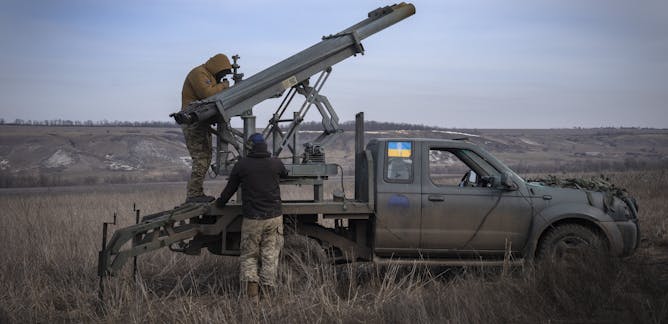
Articles on Artillery
Displaying all articles

The Russia-Ukraine war highlights developments in modern warfare, which uses new weaponry alongside traditional methods of fighting.

Ukraine can still emerge victorious in its war with Russia despite a failed summer counteroffensive. But what’s required now is a realistic assessment of Ukraine’s position and what is achievable.

Claiming the moral high ground in any war isn’t just about justifying a war effort — it’s also about how a war is fought. Both Ukraine and Russia, sadly, have plenty of civilian blood on their hands.

A year ago, the Ukrainian military was largely equipped with Soviet-era weapons. It has since seen an influx of high-tech weapons. But it’s less what than how that’s made a difference.

Russia’s army in Ukraine is fighting a much more artillery-intensive and methodical war than it was almost a year ago.

This lull before the next phase of a long attritional campaign will be a test of Ukrainian resolve, Russia’s ability to resupply, and the West’s strategic patience.

A digest of the week’s coverage of the war against Ukraine.

Pledges by the US and UK to supply longer-range artillery is really good news for Ukraine, but bad news for the invading Russians.

An arms trade expert explains the wide variety of military aid nations around the world have sent to Ukraine.

Seizing Kharkiv or Kyiv is going to take time and heavy use of artillery— called ‘the God of War’ by Joseph Stalin — if it happens at all.
